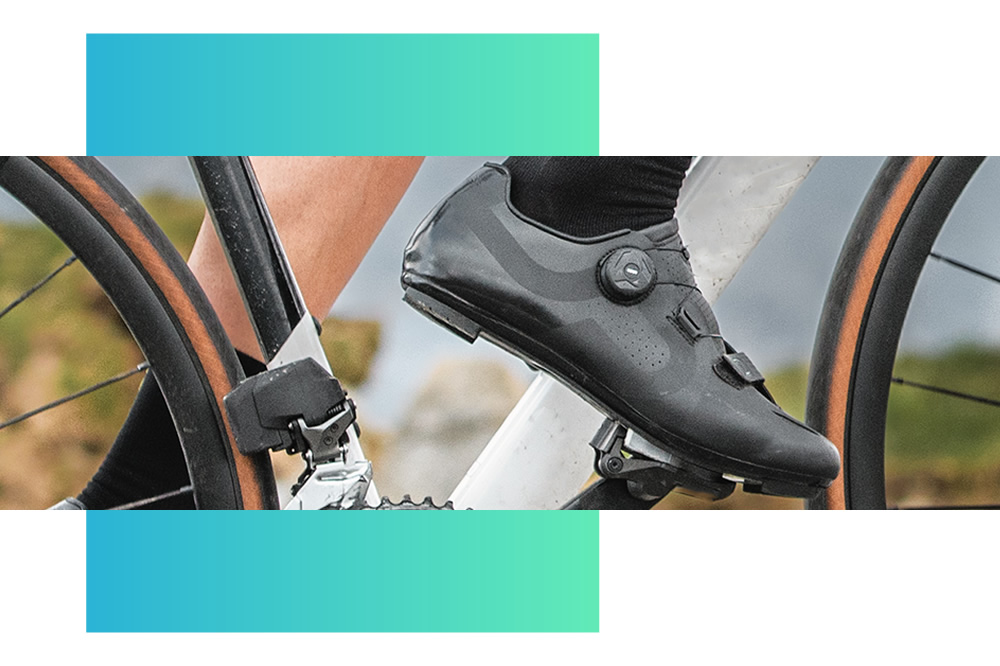For many of us, sitting in traffic during our daily commute or running errands in our cars has become the norm. But what if we told you that there is a better way to travel?

Active travel, or modes of transportation that require physical activity such as walking, biking, and scootering, is not only better for the environment but also for our physical and mental well-being. In this blog post, we’ll explore the benefits of active travel and provide tips on how to get started.
Active travel involves any type of physical activity that is used as a means of transportation. Walking, cycling, scootering, and even carpooling are all forms of active travel. One of the primary reasons why people choose active travel is its physical and mental health benefits. Walking or cycling regularly, even for short distances, can improve cardiovascular health, reduce the risk of obesity and diabetes, and help maintain a healthy weight. Active travel can also help reduce stress levels, improve mood, and boost mental clarity.
There are numerous physical and mental health benefits associated with active travel:
- Improved cardiovascular health: Regular physical activity helps to strengthen the heart and reduce the risk of heart disease.
- Weight management: Active travel can help you burn calories, maintain a healthy weight, and prevent obesity-related health issues.
- Mental wellbeing: Engaging in regular physical activity can help to reduce stress, anxiety,
and depression, while also improving mood and overall mental wellbeing. - Reduced environmental impact: Active travel methods produce fewer greenhouse gas emissions than driving, contributing to a cleaner and greener environment.
- Financial savings: Choosing active travel options over driving can save you money on fuel, parking, and vehicle maintenance.
Getting started with active travel is easy, and you don’t have to be a fitness enthusiast to enjoy its benefits. One of the simplest ways to start is to walk or bike to work or run your errands. If walking or cycling to work or errands is too far, consider combining active travel with mass transit. Many cities have bike-sharing programs, electric scooters, or other shared mobility options that make it easy to get around. Start small and build up gradually by gradually increasing the frequency and distance of your active travel.
Walking - The Most Popular Form of Active Travel
Walking is one of the most popular forms of active travel. It’s low-impact, requires no special equipment, and can be done by people of all ages and abilities. Walking is also a great way to explore your local area and see things you would not normally notice while driving. If you are new to walking, start by taking short walks around your neighbourhood and gradually build up to longer distances. You can also try walking with a friend or joining a walking group to make it more enjoyable.
Cycling - The Eco-Friendly Way to Get Around Town
Cycling is another popular form of active travel. It’s eco-friendly, affordable, and can be a lot of fun. If you don’t own a bike, many cities offer bike-sharing programs, making it easy to rent a bike for the day. Cycling can also help you cover more ground more quickly than walking. However, it’s important to be safe when cycling by wearing a helmet and following the local traffic regulations. Start by finding a cycling route that suits your level of experience and gradually challenging yourself to more challenging routes.
- Choose a bicycle that suits your needs and preferences, taking into account factors such as comfort, durability, and cost.
- Familiarise yourself with cycling safety rules, including hand signals, traffic laws, and proper helmet usage.
- Plan your cycling route in advance, using dedicated cycle lanes and paths where possible.
- Gradually build up your cycling confidence and stamina by starting with shorter journeys
and progressing to longer distances.
Carpooling - An Economical Way to Travel While Enjoying the Company of Others
Carpooling is an economical way to travel while still enjoying the company of others. It’s an excellent option for those who live in the same area and have the same destination. Carpooling
can save time, money, and reduce your environmental impact by reducing the number of cars on the road. You can also fit in a bit of physical activity if it’s possible to walk to a friend’s house to share a lift, or you can even park five minutes away from work and walk in together.
Benefits of Using Public Transport for Active Travel
Benefits of using public transport for active travel include reducing congestion and pollution and improving public health. Many public transit systems offer bike racks, making it easy to combine cycling and mass transit. Additionally, walking to and from transit stops can add to your daily physical activity levels.
- Reduced environmental impact compared to driving a car.
- Financial savings on fuel, parking, and vehicle maintenance.
- Opportunities for social interaction and community engagement.
- Increased physical activity through walking or cycling to and from stops or stations.
Active travel is an excellent way to improve your physical and mental health while enjoying your daily commute or running errands. Walking, cycling, scootering, carpooling, and using public transport can all contribute to a more active lifestyle. By starting small, building up gradually, and finding modes of active travel that suit your lifestyle, you can establish new habits that will benefit both you and the environment. So why not give active travel a try today?
This is a financial promotion.
Health Shield Friendly Society Limited is authorised by the Prudential Regulation Authority and regulated by the Financial Conduct Authority and the Prudential Regulation Authority.

